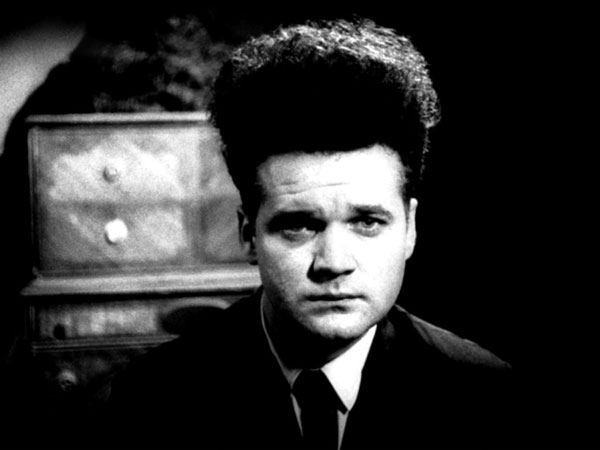I think we might have to consider the possibility that fine art is a genre. Or perhaps has become a genre.
Someone clever whose name neither I nor Google can retrieve right now once said that philosophy is the spawning ground of the sciences—meaning that the things we now call sciences (biology, chemistry, etc.) each began in the realm of philosophy, then became their own thing. (Whoever said that gave linguistics as an example of a science that has relatively recently split off from the philosophical trunk.)
In the same way, fine art—if you really asked it and it was really drunk and being honest—would like to consider itself the spawning ground of the genres: Like you have Hieronymus Bosch and he’s a real painter and then hundreds of years later you have all those guys who did heavy metal album covers in the ’70s, and you have Watteau and the other Rococo artists and then later you have the people who do romance novel pictures, and you have the Impressionists and then you have those guys who paint a sailboat and a sunset and sell it on Santa Monica Pier.
The idea being that fine art does the difficult job of hunting down and defining an original atmosphere of emotion and that, years later, mere craftspeople come in and take advantage of these discoveries and turn the gesture into mere genre.
This idea has taken a beating over the years but we still know where the line is: I think most people who follow contemporary art have a fairly good radar for when an object is safely within “contemporary art” and when it’s drifted into genre. But the question is why do we privilege this category? Mike Kelley’s ironic photographs of goths immediately strike us as more “Contemporary Art” than the photographs that goths take of each other in order to sell or show or share or even self-awarely mock goth things, yet anyone remotely familiar with contemporary art knows that vast number of dealers, collectors and especially curators are basically goths and have spent far more time thinking about The Cure than about Mike Kelley.
David Lynch’s signature gesture is the wide-eyed flailing face where you don’t know whether to laugh or be terrified—I think contemporary art pins a lot of its hopes on this moment. If you knew you were only afraid while watching Eraserhead you’d be solidly in horror—if you knew you could laugh you’d be solidly in comedy. When you don’t know which to do—or at least which you’re being asked to do—you know you’re in Art.
The ambiguity that’s seemingly essential to “artiness” (the lack of swelling music—or music swelling in the wrong direction) isn’t supposed to be an end in itself—it’s supposed to be a sign of something new we’re discovering—we are being given raw phenomena and asked to think whatever we want about it. However, ambiguity can also be a sign of timidity: the artist is not asking us to feel any specific thing not because they’ve discovered a raw, quivering, indefinable phenomenon not yet digested, but because the artist isn’t confident of their ability to make us feel anything. And there’s nothing cheesier than being seen trying hard to get a feeling and failing. And cheesiness is the opposite of Art, so they don’t try.
I think that the reason why you can visit a dozen galleries in a day and not see anything that will mean anything to anyone not directly involved in 20 or 40 years, unless they are compiling a history of the confusion and self-absorption of early 21st-century intellectuals during the rise of fascism, is because so many works of art are looking for ambiguity on the cheap—rather than presenting us with raw experience and not trying to tell us how to feel or think about it, Contemporary Art can take a shortcut by simply presenting us something about which there really isn’t anything to feel or think. A banal object stapled sideways to the wall with an inscrutably topical title is definitely contemporary art, and asking whether it actually shows us anything new is as irrelevant to that as asking whether a cobwebbed candelabra in a horror film is really scary—the point is that it gets you in the genre. It’s definitely art—and the sticky question of whether it was worth doing can be sorted out after the reviews, and the checks, come in.



















0 Comments